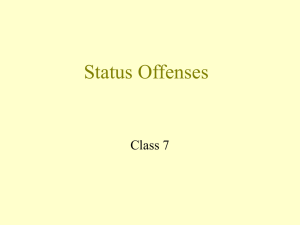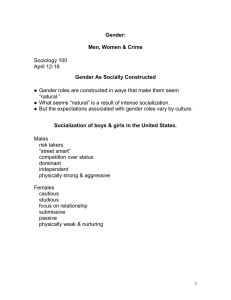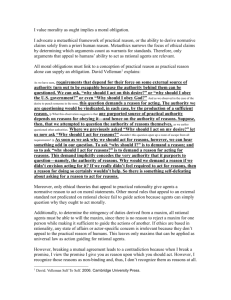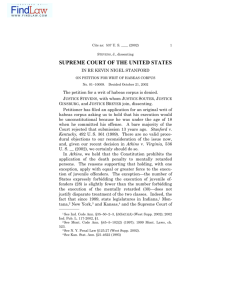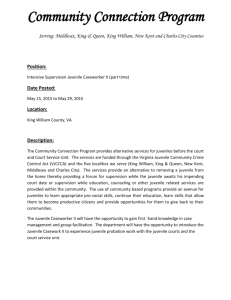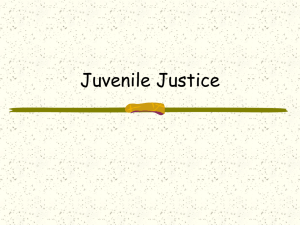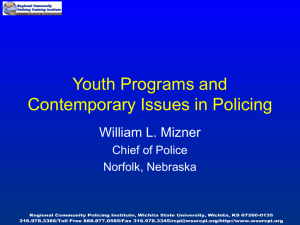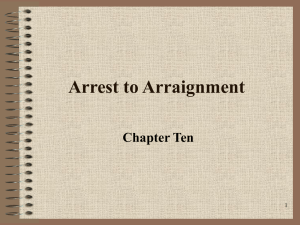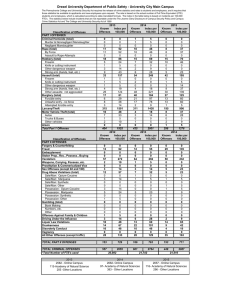Section 2 - Center for Sex Offender Management
advertisement
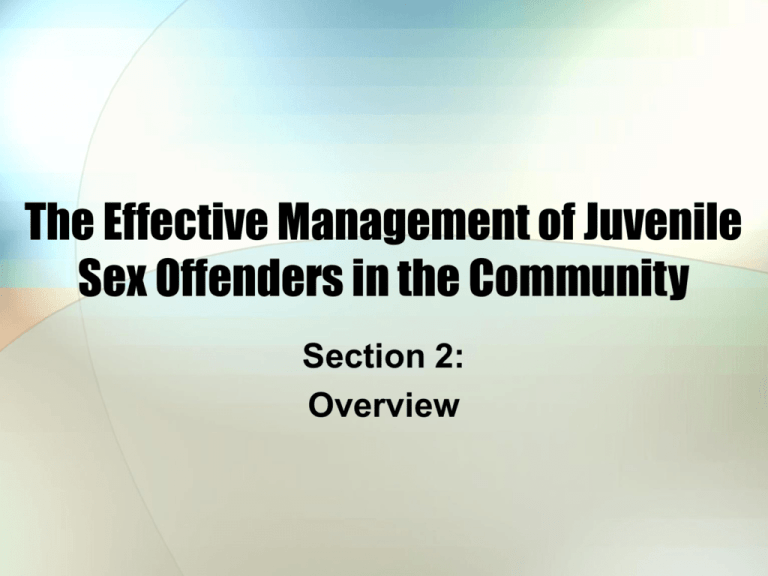
The Effective Management of Juvenile Sex Offenders in the Community Section 2: Overview Key Topics for This Section • Part I: Scope of the Problem • Part II: Historical Responses • Part III: Current Research • Part IV: Implications Section 2 2 Arrest Data • 4,240 arrests for youth-perpetrated forcible rapes • 18,300 arrests for other youthperpetrated sex offenses (Snyder & Sickmund, 2006) Section 2 3 Arrests by Gender 100% 80% forcible rape other sex offenses 60% 40% 20% 0% juvenile males juvenile females (Snyder & Sickmund, 2006) Section 2 4 Arrests: Adults vs. Juveniles juveniles 20% juveniles 16% adults 84% adults 80% forcible rape other sex offenses (FBI, 2005) Section 2 5 Sex Crimes vs. Other Delinquency • 2.5 million juvenile arrests • Only 1% sex offenses • 1.7 million delinquency cases processed by juvenile courts • Only 1% sex offenses (NCJJ, 2004; Snyder, 2005) Section 2 6 Catalysts Fueling Increased Awareness • Victimization data indicating juveniles as perpetrators • Adult sex offenders reporting adolescent onset Section 2 7 Initial Growth in Literature 80 60 40 20 0 prior to 1970 1970-1980 1981-1985 1985-1991 (Adapted from Barbaree, Hudson, & Seto, 1993) Section 2 8 The Field Over-Corrects • Non-abusive sexual behaviors labeled as sex offenses • Prepubescent children categorized as sex offenders • Unquestioned use of adult management strategies with youth (see, e.g., Bumby & Talbot, in press; Chaffin et al., 2002; Letourneau & Miner, 2005; Prescott & Longo, 2006; Zimring, 2004) Section 2 9 Key Similarities •Harm to victims •Cognitive distortions •Familiar persons vs. strangers •Self-management, social competency deficits •Under-detection, under-apprehension •Heterogeneity •Does not “just happen” •Not just “sex offenders” Section 2 10 Suggested Differences • Deviant interests, arousal • Psychopathy • “Normative” impulsivity • Environment • Trauma • Recidivism, outcomes Section 2 11 Potential Subtypes: Worling (2001) • Antisocial/Impulsive • Unusual/Isolated • Overcontrolled/Reserved • Confident/Aggressive Section 2 12 Potential Subtypes: Hunter et al. (2003, 2004) • Lifestyle delinquent • Adolescent onset, non-paraphilic • Early adolescent onset, paraphilic Section 2 13 Implications • Disposition • Placement considerations • Assessment, treatment, supervision • Legislation • Victim needs and interests Section 2 14 Summary • Critical issue to address • New and evolving field • Differ from adults • Heterogeneous group • Individualized, developmentallyresponsive strategies Section 2 15
